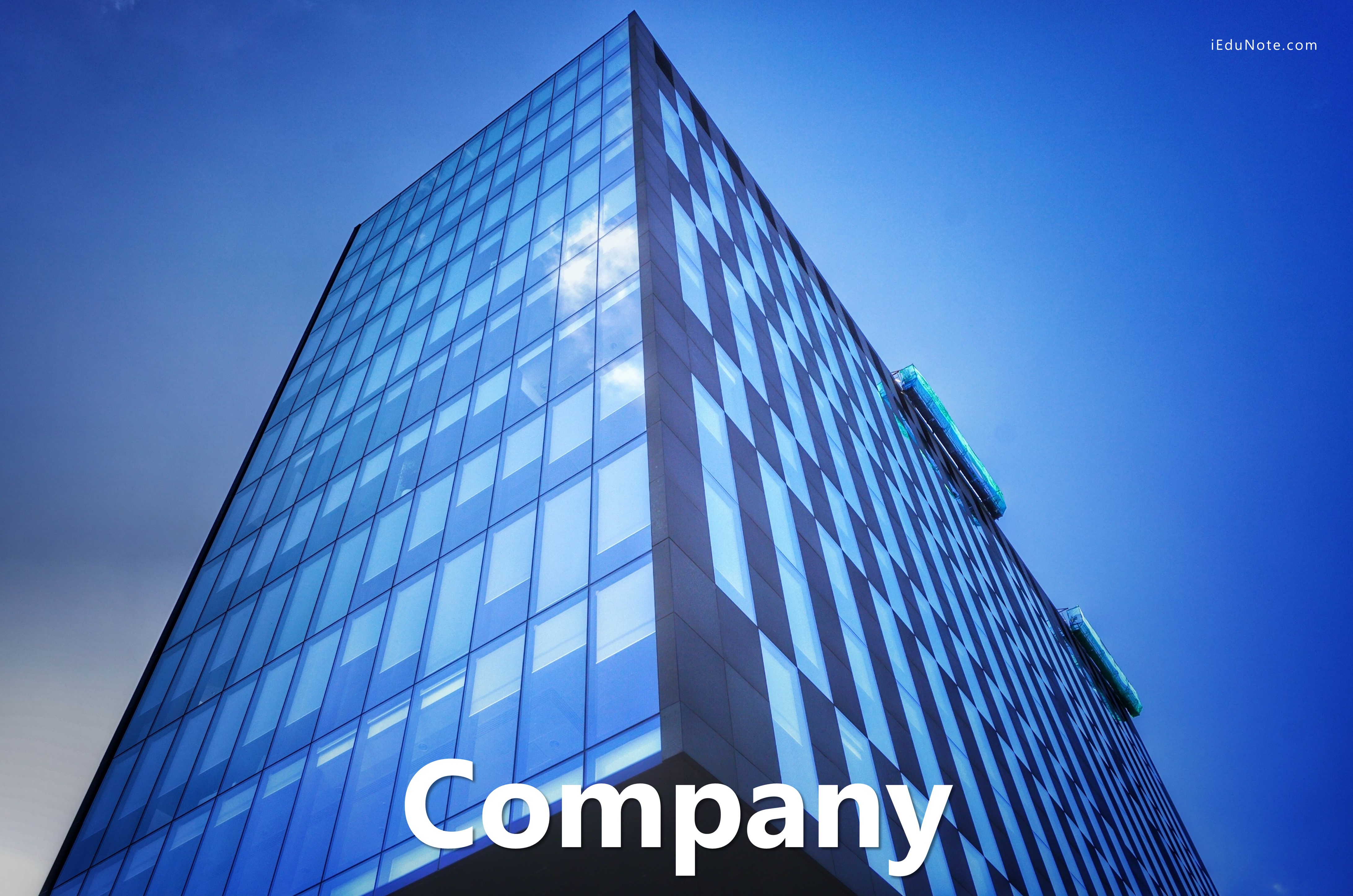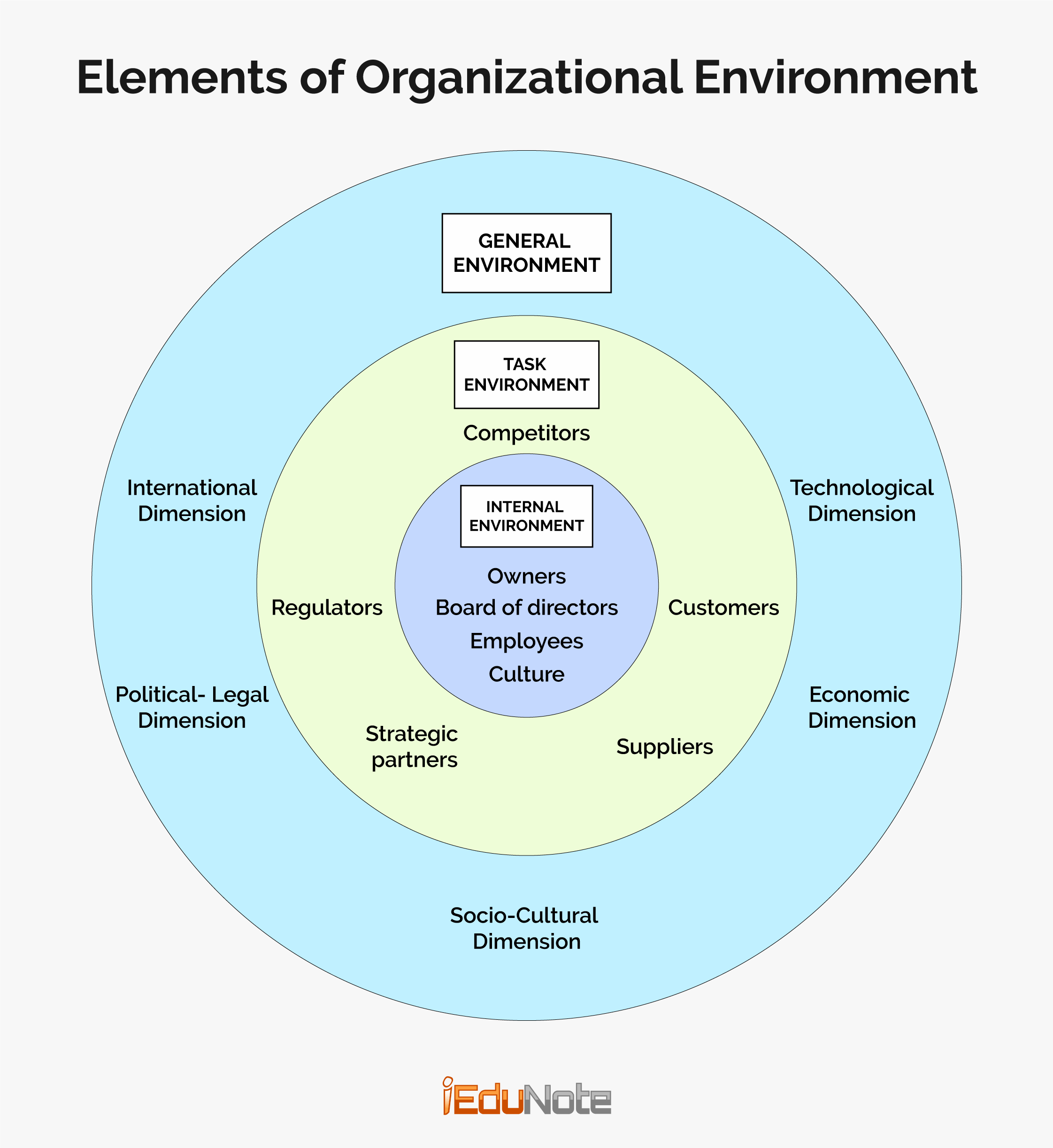 Factors influencing business may become barriers to some firms and, at the same time, may open up opportunities for other firms.
Factors influencing business may become barriers to some firms and, at the same time, may open up opportunities for other firms.
Those factors may be discussed as follows:
-
Business Environment
Every business needs to be responsive to the forces around them, whether they are social, technological, economic, political, or even ethical.
Firms that can respond positively can use the environment as an opportunity provider whereas, firms that respond adversely will get the environment as a constraint or barrier generator!
-
Business Plan
A realistic business plan could detect opportunities. On the other hand, unrealistic plan leads to the fruitless effort.
-
Entrepreneurial Capacity
The quality and capacity of the entrepreneur determine the success and failure of the business.
-
Level of Commitment
Entrepreneurial as well as employee commitment determines the extent of combat against the barrier to the business,
-
Mission and Vision
Last but not least, the issue is that opportunity or constraint could be because of the mission and vision of the owner.
This is why some sole proprietorship could become a public limited company(e.g., Quassem Drissels), whereas others could not.
A business plan needs to be realistic, so it is important to set out in detail the constraints that are likely to act as limits on business activity.
Typical constraints facing the business include:
-
Size of the Market
The extent of the market determines a business’s ability to make sales. You can’t make sales if there are no customers out there.
-
Nature of Demand in the Market
It is important to identify the nature of your customers and their requirements through detailed market research.
-
Availability of Supply
A business often depends on supplies.
For example, clothes retailing business needs to acquire garments, in the appropriate quantities, prices, and at the right times.
-
Nature of the Competition
The strength of the competition is a key constraint on business success. Businesses need to position themselves in such a way as to limit the effect of the competition.
-
Availability of Finance
Businesses need to have the right quantities of finance at the right times to match their needs.
Liquidity and cash flow are thus significant. It is necessary to have funds when they are required to meet the pressing needs of the business.
-
Quality and Skills of Employees
The human resource is one of the most important resources of any organization.
It is essential to have the right number of people with the appropriate skills to enable the business to achieve its business objectives.
-
Quality of Direction and Management
Directors and managers of a business need to have the right skills and abilities to create well-structured plans and to motivate and lead other members of the organization.
In creating a business plan, you, therefore, need to identify the key constraints and to set out plans for dealing with any pressing constraints.
-
Profit: The Reward after Overcoming the Barriers
The surplus remaining after total costs are deducted from total revenue, and the basis on which tax is computed and the dividend are paid. It is the best-known measure of success in an enterprise.
Profit is reflected in a reduction in liabilities, an increase in assets, and/or an increase in owners’ equity. It furnishes resources for investing in future operations, and its absence may result in the extinction of a company.
As an indicator of comparative performance, however, it is less valuable than the return on investment (ROI), also called earnings, gain, or income.

